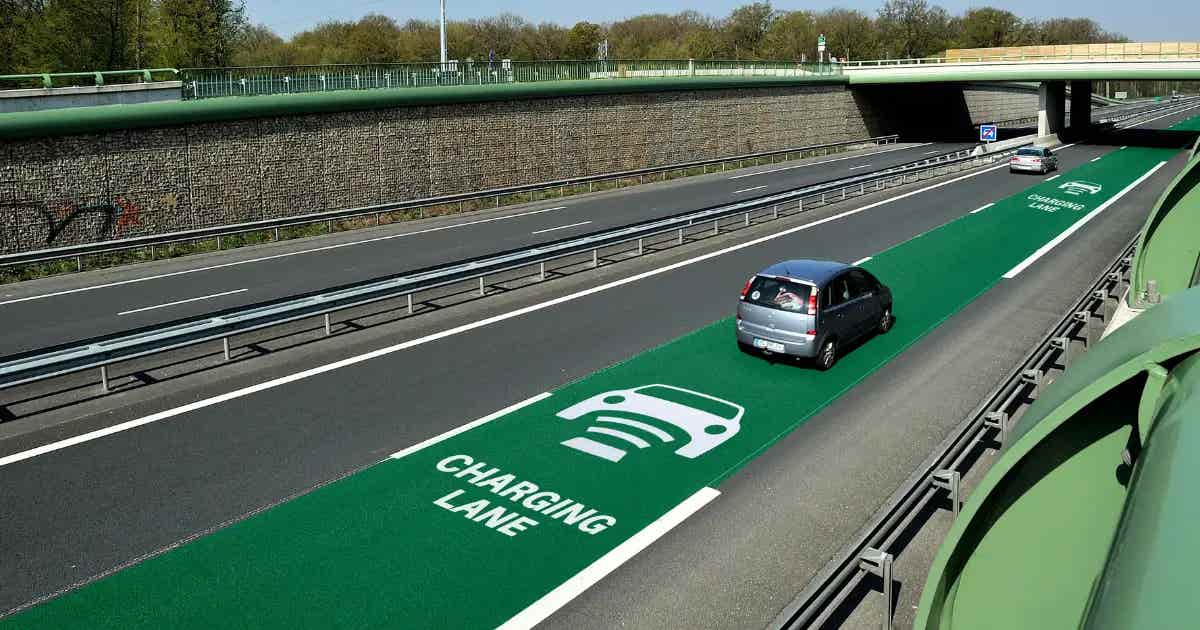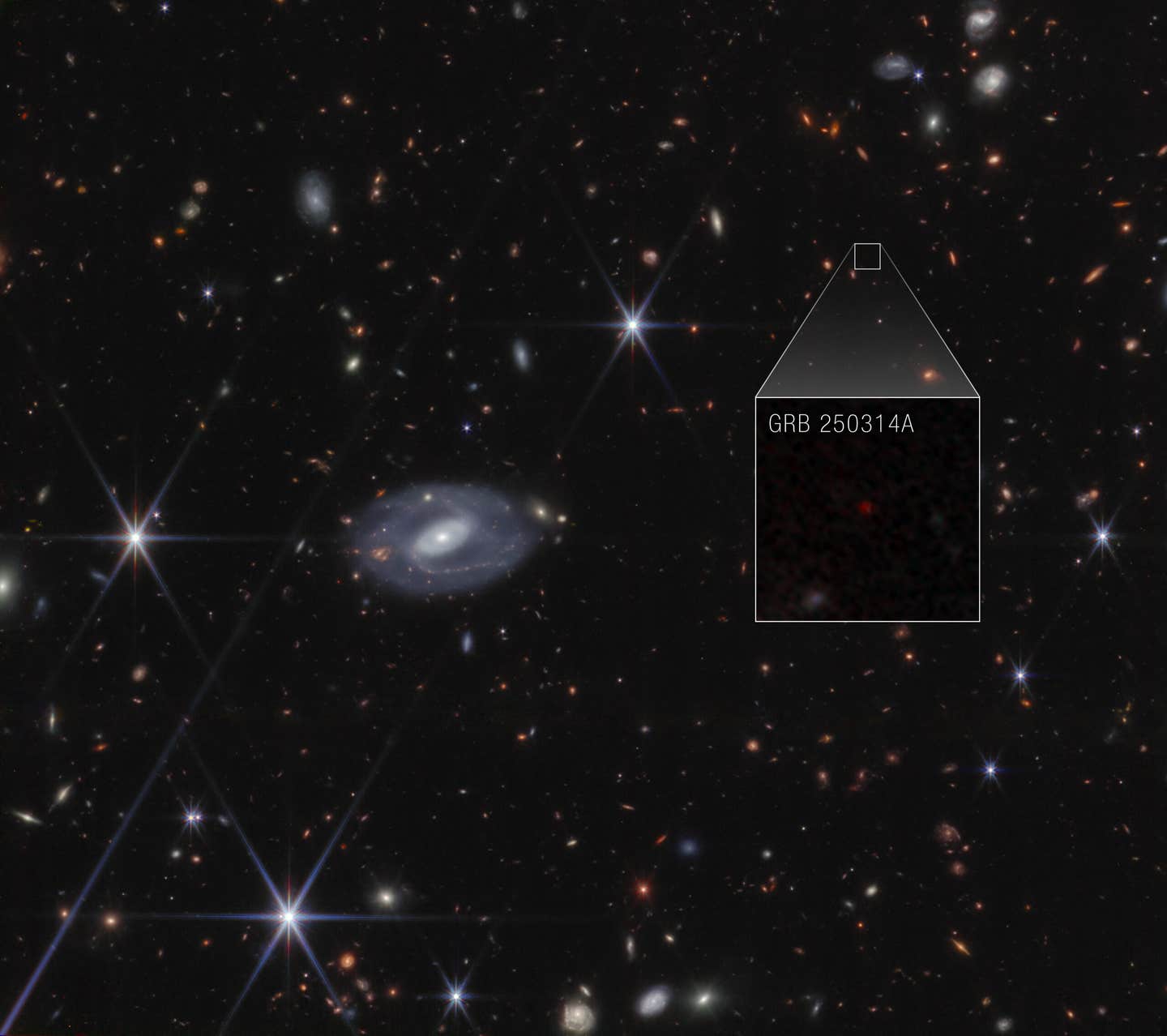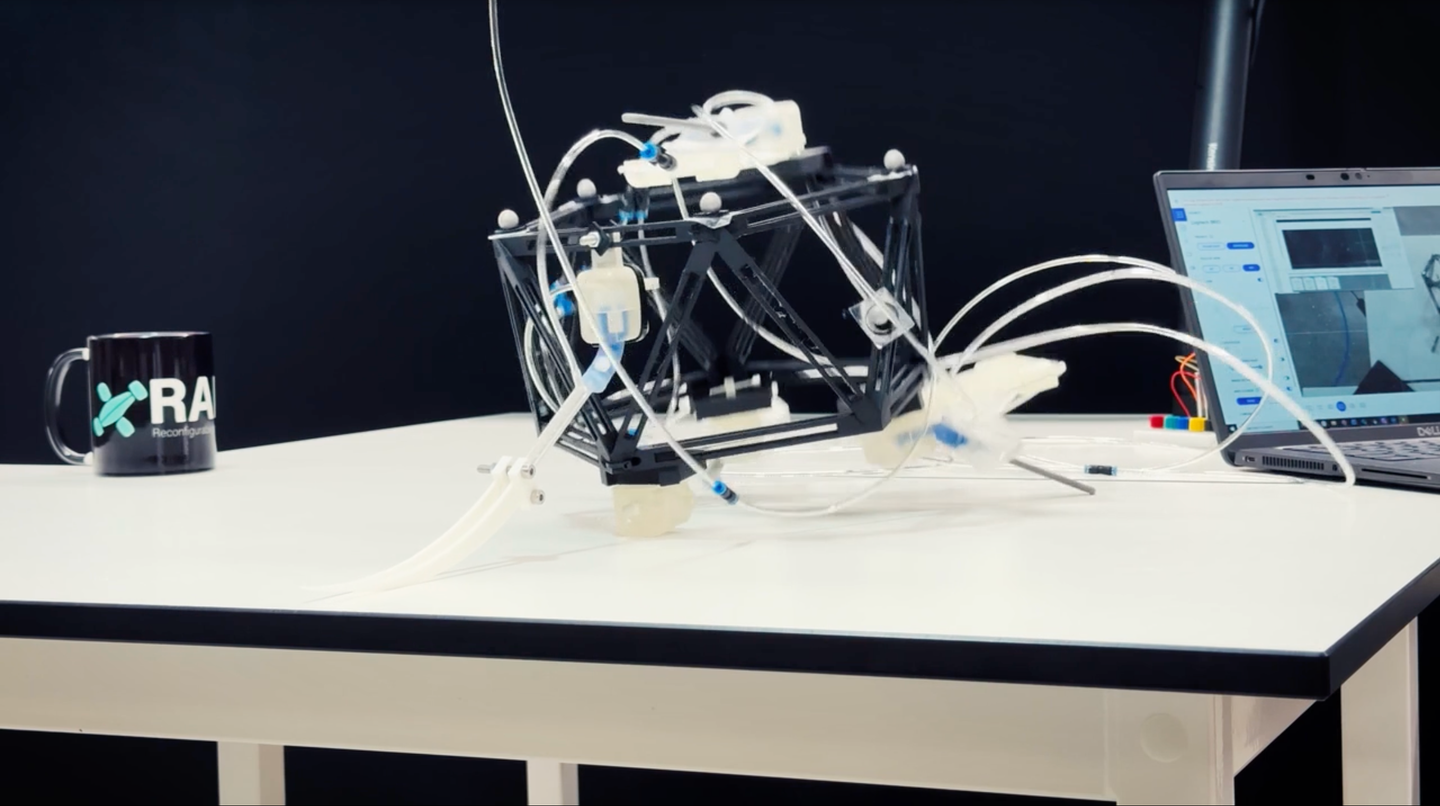MIT scientists create revolutionary energy-storing cement
The two materials, the researchers found, can be combined with water to make a supercapacitor — an alternative to batteries

[Aug. 3, 2023: Staff Writer, The Brighter Side of News]
Ultrahigh Energy Storage in 2D High-κ Perovskites. (CREDIT: Minoru Osada, Nagoya University)
In the world of renewable energy, the ability to store generated power is as crucial as the energy production itself. Researchers are constantly exploring novel solutions to overcome the age-old issue of energy storage, and in a promising development, scientists have discovered an innovative yet low-cost energy storage system.
The study's findings leverage two of mankind's most enduring and abundant materials – cement and carbon black, resembling ultra-fine charcoal. The integration of these materials into renewable energy networks may significantly improve stability in the face of fluctuating energy supplies.
The team of researchers, led by MIT professors Franz-Josef Ulm, Admir Masic, and Yang-Shao Horn, presented a practical yet inventive approach that could potentially revolutionize our current energy storage systems.
Their groundbreaking research, soon to be published in the esteemed scientific journal PNAS, exhibits a low-cost, highly efficient supercapacitor - a potential alternative to traditional batteries - crafted from cement, carbon black, and water.
Related Stories
The Art of Energy Storage: A Simple Concept
At their core, capacitors are elementary devices, essentially consisting of two electrically conductive plates, separated by a membrane and immersed in an electrolyte. When a voltage is applied, ions from the electrolyte accumulate on the respective plates, with positively charged ions settling on the negatively charged plate and vice versa.
The membrane acts as a barrier preventing charged ions from migrating across, thereby creating an electric field between the plates, and effectively charging the capacitor. Supercapacitors, as the name suggests, are capacitors with the ability to store exceptionally large charges.
The Supercapacitor: A Small Change with a Big Impact
While the power storage capacity of a capacitor is fundamentally reliant on the total surface area of its conductive plates, the researchers at MIT have devised a unique methodology for developing a cement-based material with a massive internal surface area. This is achieved by a dense, interconnected network of conductive material spanning its bulk volume.
Since the new “supercapacitor” concrete would retain its strength, a house with a foundation made of this material could store a day’s worth of energy produced by solar panels or windmills, and allow it to be used whenever it’s needed. (CREDIT: Franz-Josef Ulm, Admir Masic, and Yang-Shao Horn)
In order to create such a network, carbon black, known for its high conductivity, is incorporated into a concrete mixture along with cement powder and water. The water reacts with the cement and forms a branching network of openings within the structure.
Carbon black migrates into these spaces, forming wire-like structures within the hardened cement. These structures bear a fractal-like design, with branches spawning smaller branches, and those in turn creating even smaller branches, culminating in a vast surface area within a compact volume.
MIT engineers have created a “supercapacitor” made of ancient, abundant materials, that can store large amounts of energy. Made of just cement, water, and carbon black (which resembles powdered charcoal), the device could form the basis for inexpensive systems that store intermittently renewable energy, such as solar or wind energy. (CREDIT: Franz-Josef Ulm, Admir Masic, and Yang-Shao Horn)
To convert this material into a supercapacitor, the next step involves soaking it in an electrolyte material, such as potassium chloride, which provides the charged particles accumulating on the carbon structures. Two electrodes, composed of this material and separated by a thin insulating layer, form an exceptionally potent supercapacitor.
A Marriage of Historic Materials
The integration of the world's most utilized man-made material, cement, and carbon black, a material with historic significance - the Dead Sea Scrolls were scripted using it - results in a conductive nanocomposite. “The material is fascinating,” Masic asserts, “You have these at least two-millennia-old materials that when you combine them in a specific manner, you come up with a conductive nanocomposite, and that’s when things get really interesting.”
Correlative EDS–Raman Spectroscopy analysis. (CREDIT: PNAS)
As the mixture sets and cures, Masic explains, “The water is systematically consumed through cement hydration reactions, and this hydration fundamentally affects nanoparticles of carbon because they are hydrophobic (water repelling).” Consequently, the carbon black self-assembles into a connected conductive wire. This process, he adds, is easily reproducible, using materials that are both inexpensive and globally available.
Energy Storage, Renewable Energy, and a Carbon-Concrete Future
The implications of this novel supercapacitor for renewable energy applications are immense, according to Ulm. As the principal sources of emissions-free energy - wind, solar, and tidal power - often produce their output at variable times that don't align with peak electricity usage, the need for energy storage is paramount.
"There is a huge need for big energy storage,” Ulm observes. Current battery technologies rely heavily on materials like lithium, which are expensive and limited in supply. The new supercapacitor, on the other hand, employs ubiquitous and economical cement. "That’s where our technology is extremely promising," Ulm adds.
The team estimates that a block of nanocarbon-black-doped concrete with a volume of 45 cubic meters would have the capacity to store around 10 kilowatt-hours of energy, approximately a household's average daily electricity usage. As the concrete retains its strength, it could store a day’s worth of energy generated by solar panels or windmills, making it available as needed.
Through a series of tests, the team was able to determine the most effective ratios of cement, carbon black, and water. They proceeded to demonstrate the process by manufacturing small supercapacitors, roughly the size of button-cell batteries. Each of these could be charged to 1 volt, comparable to a 1-volt battery. Three of these were connected to successfully light up a 3-volt LED. The researchers now plan to construct larger versions, ranging from the size of a typical 12-volt car battery to a 45-cubic-meter model, to demonstrate its ability to store an entire house's worth of power.
While a higher carbon black content boosts the supercapacitor's energy storage, it slightly compromises the concrete's strength. Nonetheless, the researchers found that this could be beneficial for applications where the concrete doesn't play a structural role or where the full strength-potential of concrete is not required. For applications such as a foundation or the base of a wind turbine, the optimal mixture is around 10% carbon black.
Other potential applications include the creation of concrete roadways capable of storing energy produced by roadside solar panels and delivering that energy wirelessly to electric vehicles on the road. Early implementations of this technology may be isolated homes or buildings, powered by solar panels connected to the cement supercapacitors.
According to Ulm, this energy storage system is scalable, with the energy-storage capacity directly proportional to the volume of the electrodes. He notes, “You can go from 1-millimeter-thick electrodes to 1-meter-thick electrodes, and by doing so basically you can scale the energy storage capacity from lighting an LED for a few seconds, to powering a whole house.”
Depending on the desired properties, the system can be tuned by adjusting the mixture. For example, a vehicle-charging road would require rapid charging and discharging rates, while a home power supply could use slower-charging material. Ulm elaborates, “So, it’s really a multifunctional material. Besides its ability to store energy in the form of supercapacitors, the same kind of concrete mixture can be used as a heating system, by simply applying electricity to the carbon-laced concrete.”
Ulm envisions this as “a new way of looking toward the future of concrete as part of the energy transition,” presenting a potentially significant breakthrough in the journey towards a greener and more sustainable future.
This transformative research involved the collaborative efforts of postdocs Nicolas Chanut and Damian Stefaniuk at MIT’s Department of Civil and Environmental Engineering, James Weaver at the Wyss Institute for Biologically Inspired Engineering, and Yunguang Zhu in MIT’s Department of Mechanical Engineering.
For more science and technology news stories check out our New Innovations section at The Brighter Side of News.
Note: Materials provided above by The Brighter Side of News. Content may be edited for style and length.
Like these kind of feel good stories? Get the Brighter Side of News' newsletter.



